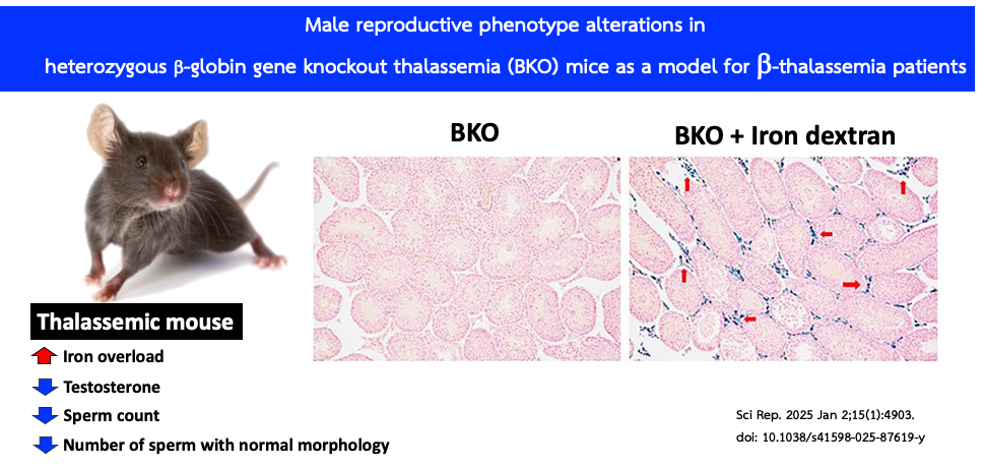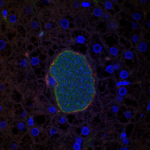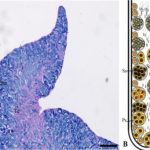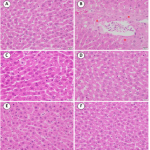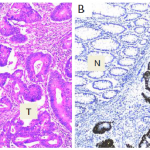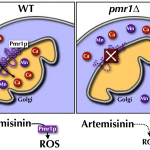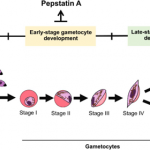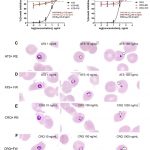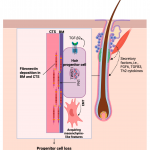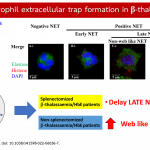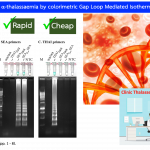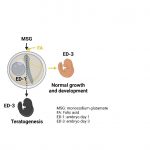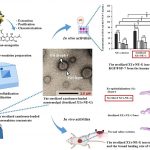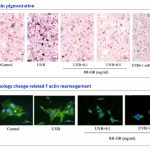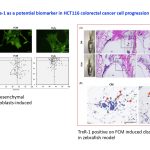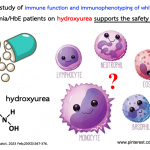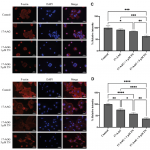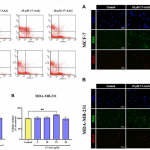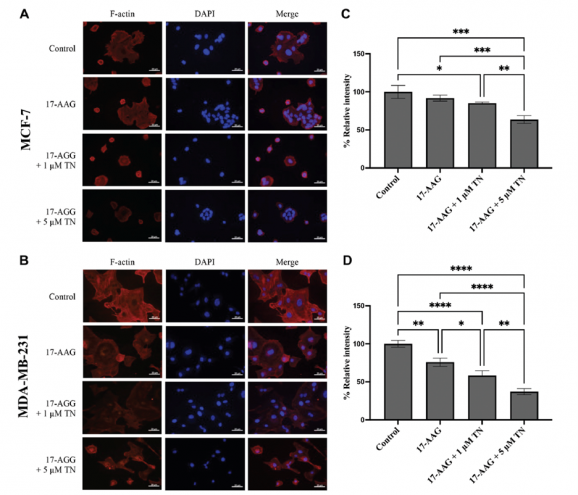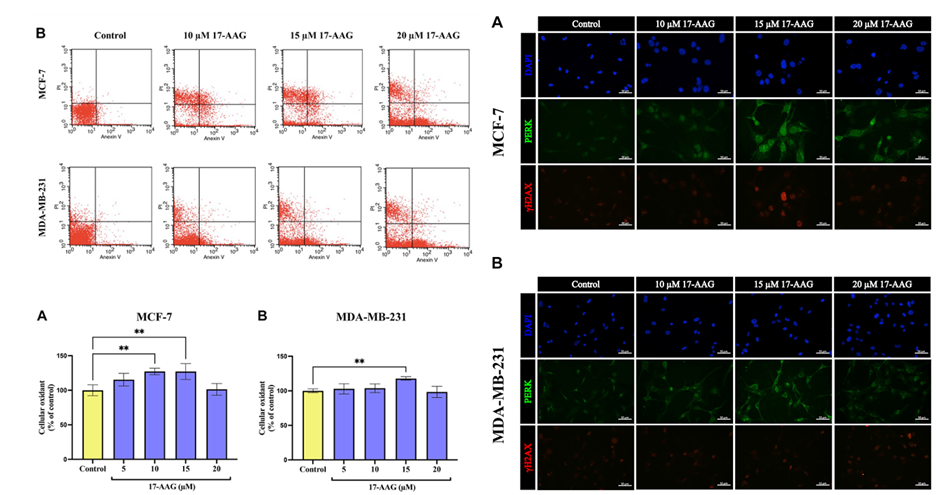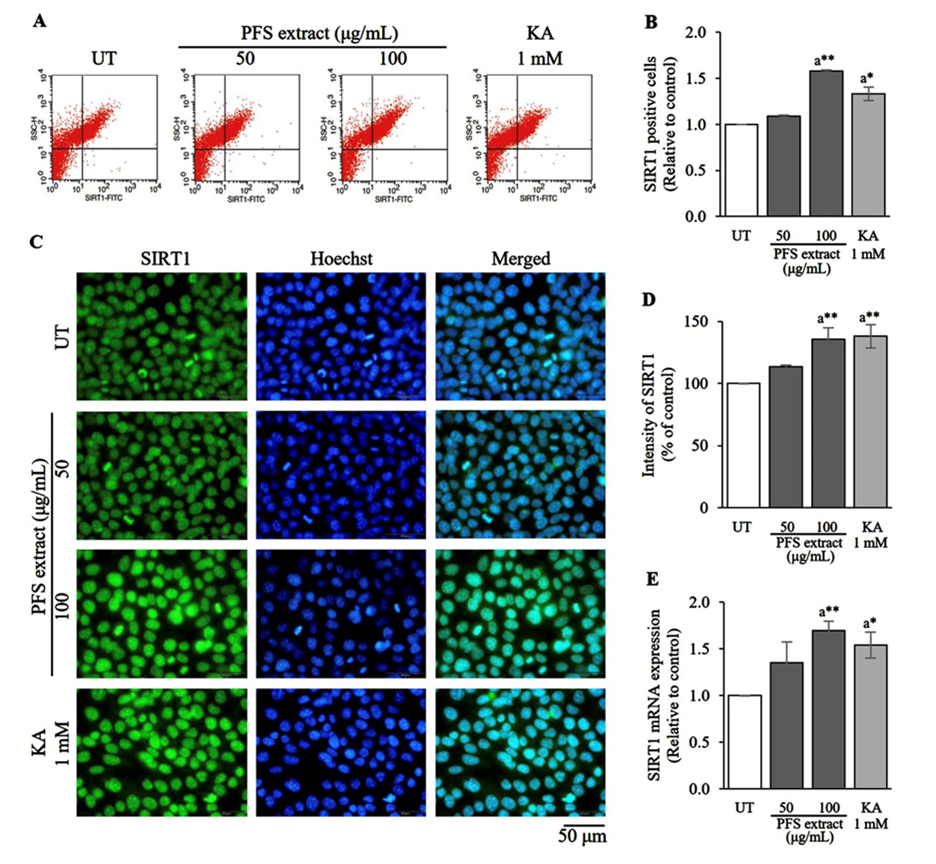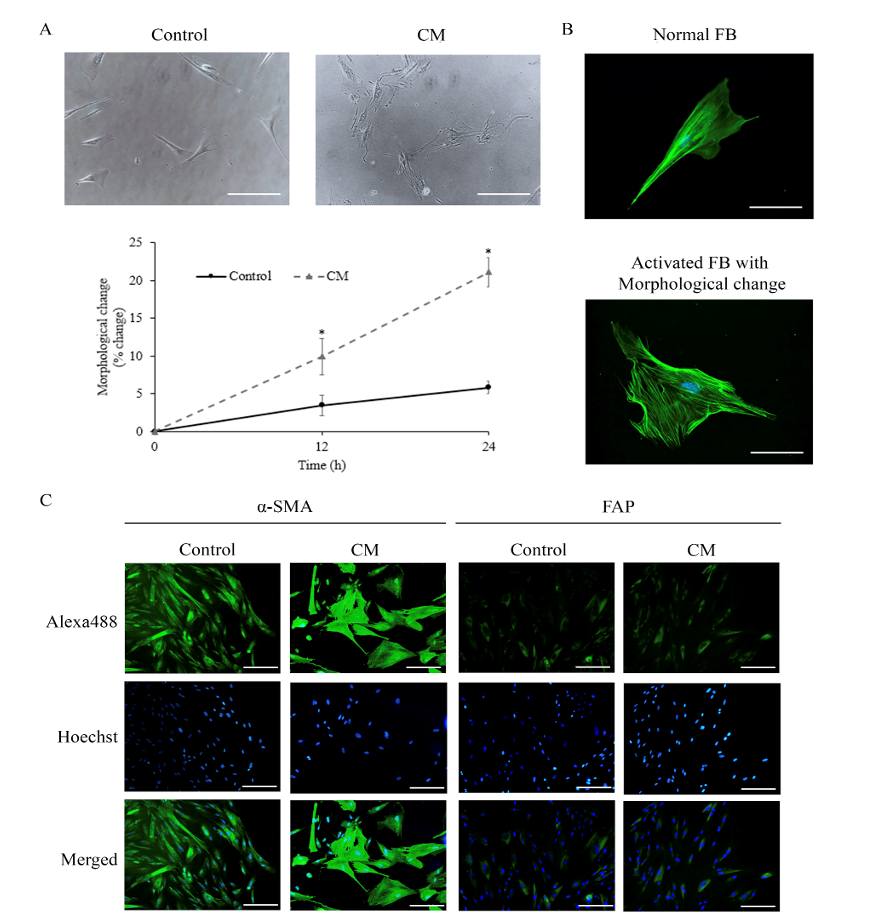Male reproductive phenotype alterations in heterozygous β-globin gene knockout thalassemia (BKO) mice as a model for β-thalassemia patients
Goals 3 Ensure healthy lives and promote well-being for all at all ages
Male reproductive phenotype alterations in heterozygous β-globin gene knockout thalassemia (BKO) mice as a model for β-thalassemia patients
Beta-thalassemia mice and wild type mice were loaded with iron dextran to mimic iron overload, while unloaded mice served as control groups to study its effect on the male reproductive system. Iron-loaded mice showed significantly increased blood and testis iron levels but exhibited reduced testosterone, sperm count, and the number of sperm with normal morphology. Iron accumulated in the anterior pituitary and testicular interstitium but did not cause significant tissue changes. Therefore, iron-loaded thalassemia mice exhibit reproductive dysfunction and abnormal sperm, which could be a concern and should be further investigated in patients.
